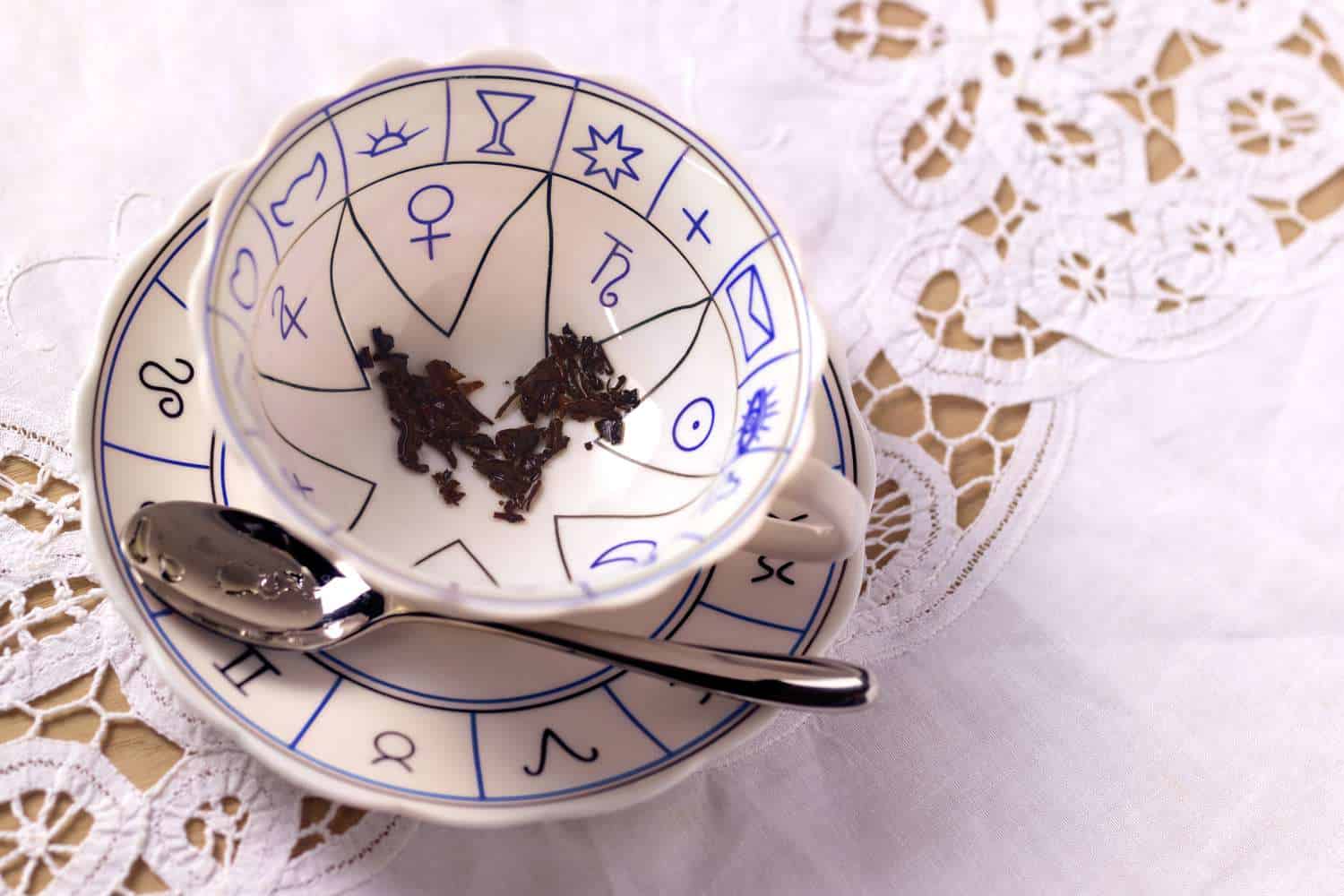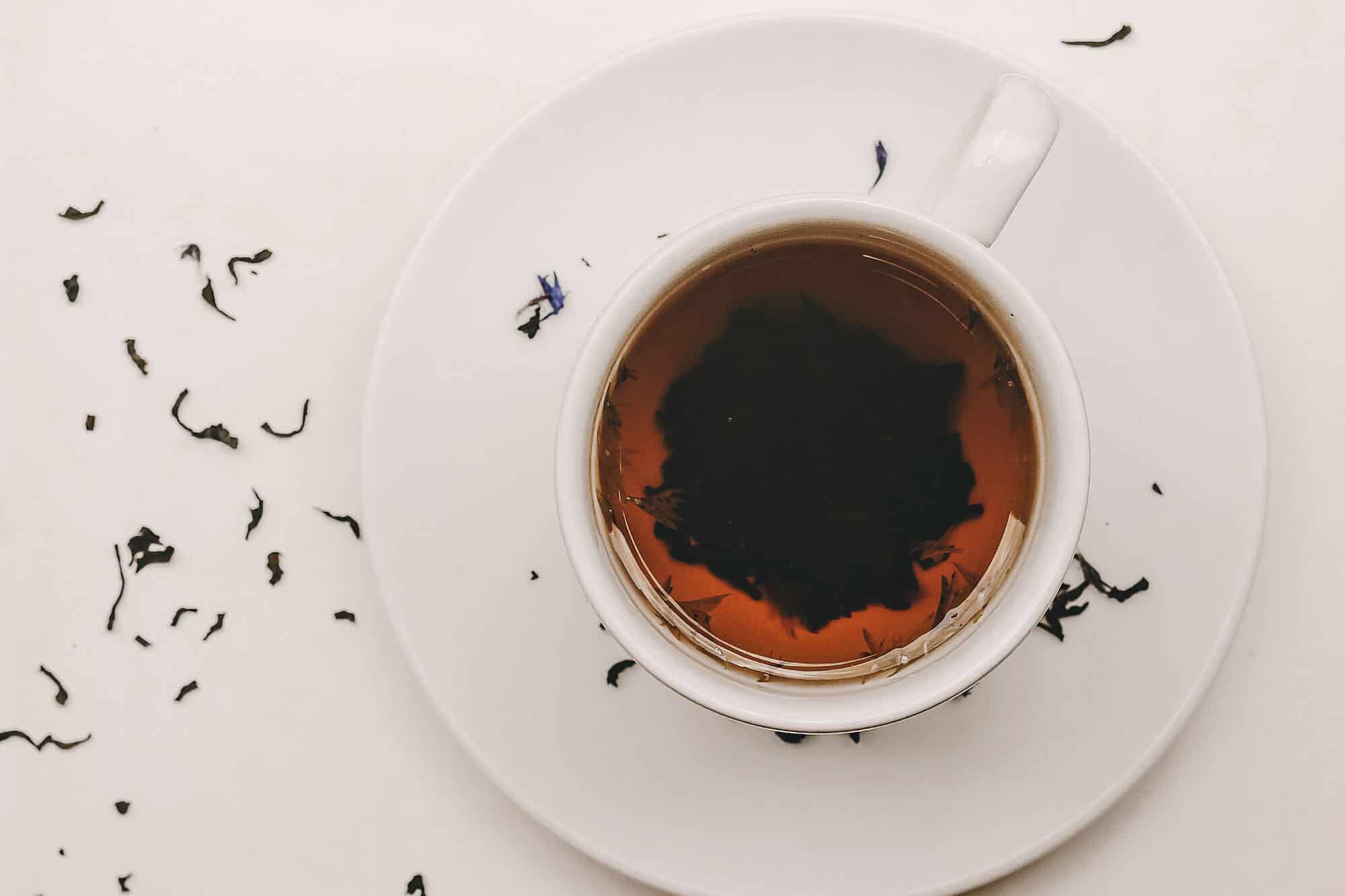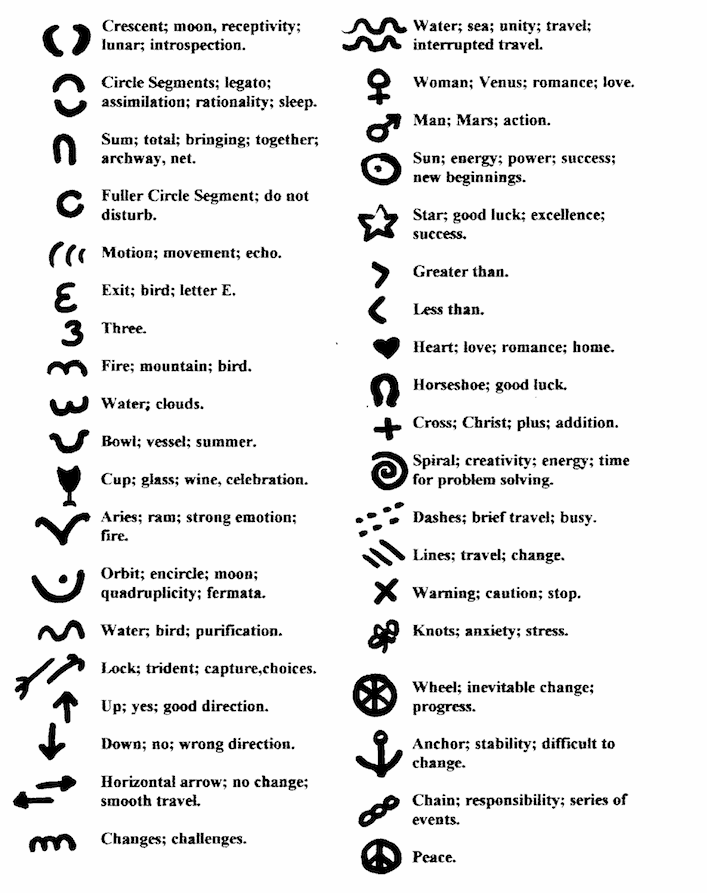Unlocking the Secrets of Tea Leaf Reading: A Beginner’s Guide to Tasseography
Tasseography, also known as tea leaf reading, is a divination practice that involves interpreting patterns and symbols formed by tea leaves in a cup. It is believed to have originated in ancient China and has since spread to various cultures around the world. Tasseography is considered a form of fortune-telling and is often used to gain insight into the future or to seek guidance and advice.
The practice of Tasseography dates back thousands of years, with its origins rooted in ancient Chinese culture. It was believed that the patterns formed by tea leaves could reveal hidden messages and provide guidance on various aspects of life. Over time, Tasseography spread to other parts of Asia, Europe, and the Middle East, where it became an integral part of their cultural traditions.
Tasseography holds great importance in different cultures. In China, it is considered an art form and is often practiced during special occasions such as weddings and New Year celebrations. In Europe, particularly in countries like England and Ireland, tea leaf reading became popular during the Victorian era and was seen as a way to entertain guests at social gatherings.
In the Middle East, Tasseography is deeply rooted in their cultural traditions and is often used for making important decisions or seeking guidance from the spiritual realm.
The History of Tasseography: How Tea Leaf Reading Began
The origins of Tasseography can be traced back to ancient China, where tea was first cultivated and consumed. It is believed that the practice of reading tea leaves began during the Tang Dynasty (618-907 AD). During this time, tea was considered a luxury item and was often served in small cups with no handles. As people drank the tea, they would notice patterns and symbols formed by the remaining tea leaves at the bottom of the cup.
Over time, Tasseography evolved and spread to other parts of Asia, Europe, and the Middle East. In Europe, tea leaf reading gained popularity during the Victorian era, when tea became a staple in British households. It was during this time that tea leaf reading became associated with fortune-telling and divination. People would gather for tea parties and have their fortunes told by skilled readers who could interpret the symbols and patterns in the tea leaves.
Tasseography also holds cultural significance in different parts of the world. In Middle Eastern cultures, it is believed that the art of Tasseography was brought to the region by gypsies and travelers who traveled along the Silk Road. In these cultures, tea leaf reading is often seen as a way to connect with the spiritual realm and seek guidance from ancestors or spirits.
The Art of Making Tea: Preparing for a Tea Leaf Reading Session
Before diving into the world of tea leaf reading, it is important to understand the art of making tea. The type of tea leaves used and the way they are prepared can greatly impact the reading. Here are some key steps to consider when preparing for a tea leaf reading session:
1. Choosing the right tea leaves: Different types of tea leaves can produce different patterns and symbols. It is important to choose loose-leaf tea rather than tea bags, as loose-leaf tea allows for better visualization of patterns. Some popular choices for tea leaf reading include black tea, green tea, and herbal teas such as chamomile or peppermint.
2. Preparing the tea: To prepare the tea for a reading, start by boiling water and pouring it over the loose-leaf tea in a teapot or cup. Let it steep for a few minutes before pouring it into a teacup. It is important to avoid using a strainer or filter when pouring the tea into the cup, as this can prevent the leaves from settling at the bottom.
3. Setting the mood for the reading: Creating a calm and peaceful environment is essential for a successful tea leaf reading session. Find a quiet space where you can relax and focus on the task at hand. Dim the lights, light some candles, and play soft music to create a soothing atmosphere. It is also helpful to have a journal or notebook nearby to record any insights or messages that come through during the reading.
The Tea Leaf Reading Process: Step-by-Step Guide for Beginners
Now that you have prepared the tea, it’s time to dive into the tea leaf reading process. Here is a step-by-step guide for beginners:
Step 1: Choose Your Tools
- Tea: Loose-leaf black tea is traditional, but oolong or green teas can also work. Avoid very fine-cut leaves as they create unclear patterns.
- Teacup: A wide, white or light-colored cup without patterns allows you to see the leaves clearly.
- Quiet Space: Find a distraction-free place to focus and connect with your intuition.
Step 2: Prepare & Sip
- Brew your tea as usual. Focus on a specific question or simply open your mind to any messages that may appear.
- Drink slowly, savoring the flavor but leaving some liquid and most of the leaves at the bottom.
- Swirl the cup clockwise three times with your left hand (said to connect to your subconscious).
Step 3: Observe the Symbols
- Turn the cup upside down onto a saucer to drain excess liquid.
- Look at the patterns formed:
- Rim: Represents the immediate present and near future.
- Sides: Further out in time, things that may develop.
- Bottom: Distant future or your foundation (beliefs, emotions).
Step 4: Interpretation
- Trust Your Intuition: What do the first images and feelings the patterns evoke in you?
- Symbol Dictionaries: There are many resources online and in books, offering traditional meanings for common shapes. Use these for inspiration, not as strict rules.
- Analyze:
- Size: Larger symbols are more influential.
- Clarity: Distinct shapes suggest clear outcomes, while hazy ones indicate uncertainty.
- Positioning: Consider which area of the cup the symbol appears in (rim, sides, bottom).
Common Symbols & Possible Interpretations
- Animals: Each animal carries its own symbolism (e.g., cat: independence, butterfly: transformation).
- Letters & Numbers: May indicate initials, dates, or quantities.
- Objects: Familiar items can suggest literal events or broader themes (e.g., house: stability, key: unlocking potential).
- Geometric Shapes: Circles: completion, triangles: change, squares: obstacles.
Tips for beginners: If you are new to tea leaf reading, it can be helpful to start with simple symbols and patterns before moving on to more complex interpretations. Practice regularly and keep a record of your readings to track your progress over time.
It is also important to approach tea leaf reading with an open mind and a sense of curiosity. Remember that interpretations may vary from person to person, so trust your own instincts and insights.
Understanding Tea Leaf Symbols: What Do They Mean?
Tea leaf symbols can vary depending on the individual and the context of the reading. However, there are some common symbols that often appear in tea leaf readings. Here are a few examples:
1. Heart: The heart symbolizes love, romance, and emotional connections. It can indicate a new relationship, deepening of an existing relationship, or the need for self-love and self-care.
2. Circle: The circle represents unity, wholeness, and completion. It can signify harmony in relationships, a sense of fulfillment, or the completion of a project or goal.
3. Triangle: The triangle symbolizes balance, stability, and strength. It can indicate a need for balance in different areas of life or the presence of a strong support system.
4. Cross: The cross represents challenges, sacrifices, and spiritual growth. It can indicate a difficult period or a need to let go of something in order to move forward.
5. Tree: The tree symbolizes growth, stability, and abundance. It can indicate personal growth, financial stability, or the need to nurture oneself and others.
It is important to interpret symbols in context and consider the overall pattern formed by the tea leaves. For example, a heart symbol surrounded by lines or dots may indicate a new romantic relationship, while a heart symbol with broken lines may suggest challenges or difficulties in love.
The Different Types of Tea Leaves: Which Ones are Best for Reading?
Different types of tea leaves can produce different patterns and symbols in a tea leaf reading. Here are some common types of tea leaves used for Tasseography:
1. Black tea: Black tea leaves are often used for tea leaf reading due to their dark color and strong flavor. They can produce bold and distinct patterns that are easy to interpret.
2. Green tea: Green tea leaves are known for their delicate flavor and light color. They can produce more subtle patterns and symbols that require closer observation.
3. Herbal teas: Herbal teas such as chamomile, peppermint, or lavender can also be used for tea leaf reading. These teas often have unique flavors and aromas that can enhance the reading experience.
When choosing tea leaves for a reading, it is important to consider their characteristics and how they align with your intentions for the reading. For example, if you are seeking clarity and insight, a light and delicate tea like green tea may be more suitable. If you are looking for strength and stability, a bold black tea may be a better choice.
Interpreting the Tea Leaf Patterns: What Do They Reveal?
In addition to individual symbols, the overall pattern formed by the tea leaves can provide valuable insights in a tea leaf reading. Here are some common patterns and their meanings:
1. Lines: Straight lines often represent stability, progress, and direction. They can indicate a clear path forward or a sense of purpose in life.
2. Dots: Dots or small circles can symbolize opportunities, connections, or points of focus. They may indicate new beginnings or the need to pay attention to certain areas of life.
3. Spirals: Spirals represent growth, transformation, and evolution. They can indicate personal growth or the need to embrace change and adapt to new circumstances.
4. Clusters: Clusters of leaves often represent abundance, support, and community. They can indicate a strong support system or the presence of positive influences in your life.
5. Shapes: Various shapes such as squares, triangles, or circles can have specific meanings depending on their context. For example, a square may represent stability and structure, while a triangle may symbolize balance and harmony.
It is important to interpret patterns in context and consider how they relate to your own life experiences and intentions for the reading. Trust your intuition and allow your mind to make connections between the patterns and symbols that emerge.
Common Tea Leaf Reading Myths: Debunking Misconceptions
Like any form of divination, tea leaf reading is often surrounded by myths and misconceptions. Here are some common misconceptions about Tasseography and the truth behind them:
1. Myth: Tea leaf reading is only for fortune-tellers or psychics.
Truth: While some people may have a natural affinity for tea leaf reading, anyone can learn and practice this art form. It is not limited to a specific group of individuals and can be enjoyed by anyone with an interest in divination.
2. Myth: Tea leaf reading can predict the future with 100% accuracy.
Truth: Tea leaf reading, like any form of divination, is not meant to predict the future with absolute certainty. It provides insights, guidance, and possibilities based on the symbols and patterns that emerge. The future is not set in stone and can be influenced by our thoughts, actions, and choices.
3. Myth: Tea leaf reading is a superstitious or irrational practice.
Truth: While tea leaf reading may seem mystical or esoteric to some, it is a practice that has been passed down through generations and holds cultural significance in many parts of the world. It can be seen as a tool for self-reflection, personal growth, and connecting with one’s intuition.
It is important to approach tea leaf reading with an open mind and a sense of curiosity. Allow yourself to explore the symbolism and patterns that emerge without attaching rigid expectations or beliefs.
The Role of Intuition in Tasseography: Trusting Your Inner Voice
Intuition plays a crucial role in tea leaf reading. It is the inner voice that guides us in interpreting the symbols and patterns that emerge from the tea leaves. Here are some ways to develop and trust your intuition:
1. Practice mindfulness: Take time each day to quiet your mind and connect with your inner self. This can be done through meditation, deep breathing exercises, or simply spending time in nature. By cultivating a sense of inner stillness, you can better tune into your intuition.
2. Listen to your body: Pay attention to the physical sensations and emotions that arise during a tea leaf reading. Your body often provides subtle cues and signals that can guide you in interpreting the symbols and patterns. Trust your gut instincts and honor what feels true for you.
3. Keep a journal: Record your tea leaf readings in a journal or notebook. Write down the symbols, patterns, and interpretations that come to you during the reading. Over time, you may start to notice patterns or recurring themes that can deepen your understanding of your own intuition.
Trusting your inner voice is a journey that takes time and practice. Be patient with yourself and allow your intuition to unfold naturally as you continue to explore the art of tea leaf reading.
Tips and Tricks for Accurate Tea Leaf Reading: How to Improve Your Skills
If you are interested in improving your tea leaf reading skills, here are some tips and tricks to consider:
1. Practice regularly: Like any skill, tea leaf reading requires practice. Set aside regular time for readings and experiment with different types of tea leaves and techniques. The more you practice, the more familiar you will become with the symbols and patterns that emerge.
2. Study symbolism: Familiarize yourself with common symbols and their meanings in tea leaf reading. There are many books, online resources, and courses available that can provide in-depth knowledge on symbolism and interpretation.
3. Seek guidance from experienced readers: Connect with experienced tea leaf readers who can offer guidance and support on your journey. Attend workshops or join online communities where you can learn from others and share your own experiences.
4. Trust your intuition: Remember that tea leaf reading is a deeply personal practice that relies on your own intuition and insights. Trust yourself and allow your inner voice to guide you in interpreting the symbols and patterns that emerge.
The Benefits of Tasseography and How to Get Started
Tasseography, or tea leaf reading, is a fascinating art form that has captivated people for centuries. It offers a unique way to connect with your intuition, gain insights into your life, and seek guidance from the spiritual realm. By learning to interpret the symbols and patterns formed by tea leaves, you can tap into your own inner wisdom and uncover hidden messages.
To get started with Tasseography, all you need is a cup of tea, an open mind, and a sense of curiosity. Begin by choosing the right tea leaves, preparing the tea with intention, and creating a calm and peaceful environment for the reading. Trust your intuition and allow yourself to explore the symbols and patterns that emerge.
Remember that tea leaf reading is a journey of self-discovery and personal growth. It is not about predicting the future or finding definitive answers, but rather about gaining insights and guidance that can help you navigate life’s challenges and make empowered choices. Embrace the art of Tasseography and embark on a journey of self-exploration through the ancient practice of tea leaf reading.
Originally posted 2024-03-29 16:11:23.


